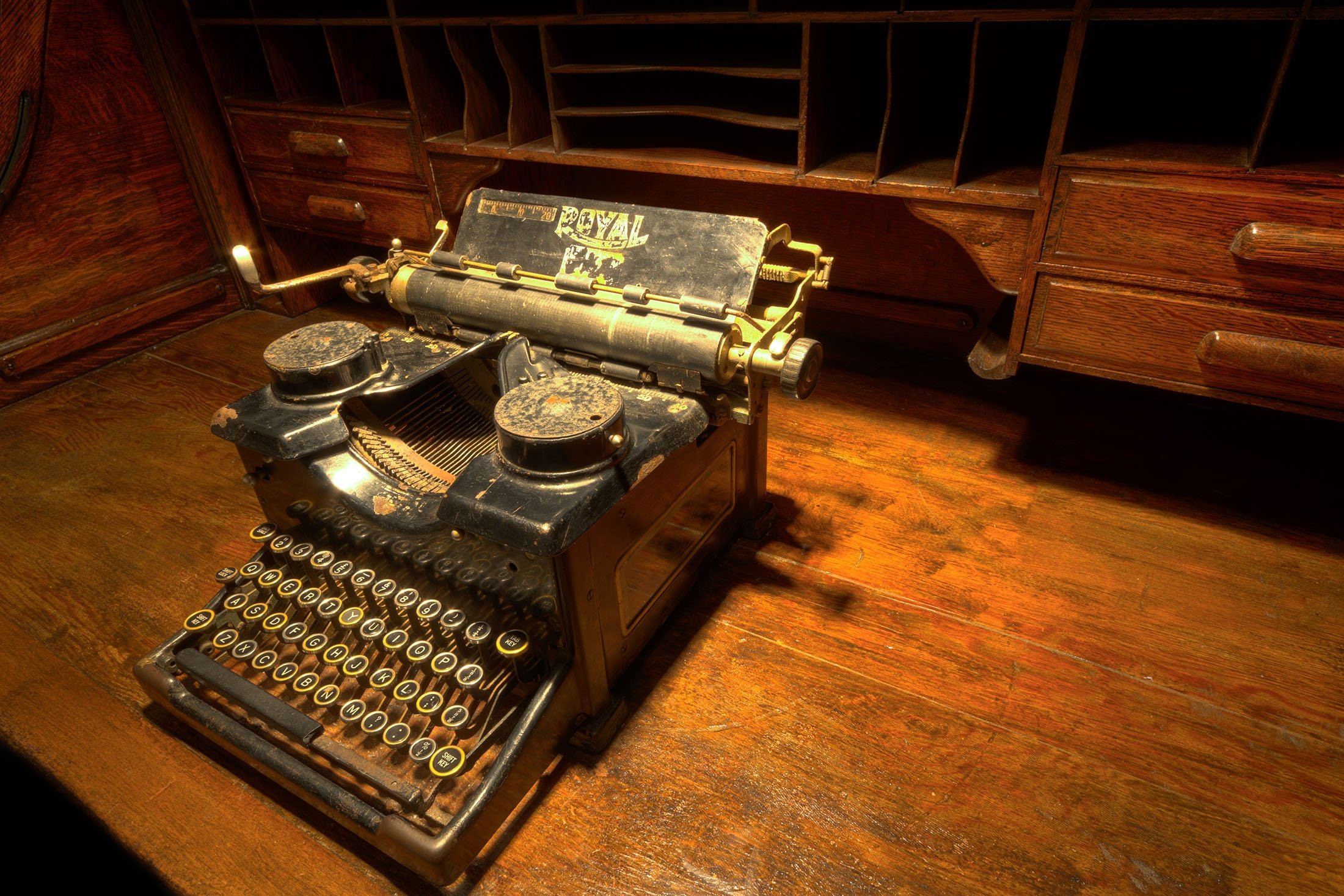
Cutting edge once upon a time: Let's take a look at antique technology from past couple centuries now adorning museums as relics, including fax and film
History has seen countless technologies that have become obsolete, replaced by more convenient or more comfortable methods and tools. However, these historical, old technologies still adorn our museums and sometimes homes, offering nostalgia and wonder. So, let's take a look at a few of them.
Typewriter
The first typewriter was invented by English inventor Henry Mill in 1714, but this invention was not a commercial success. However, the typewriter, later developed by the American inventor Christopher Latham Sholes in 1867, formed the basis of modern typewriters. The typewriter designed by Sholes had a QWERTY keyboard layout and was initially used only by large organizations and government offices.
Typewriters were a vital writing tool, especially in the first half of the 20th century.
At the beginning of the 20th century, the production of typewriters designed for commercial use increased and the typewriter became an indispensable part of many offices. The first typewriters were generally heavy and oversized, but later they became lighter and more portable.
The most widespread use of typewriters continued throughout the 20th century, but with the advent of computers and keyboards becoming universal, the use of typewriters began to wane. Today, most typewriters are found in museums or antique collections.

Faxing
Fax machines were devices that had an important place in the history of communication technologies. A fax machine is an electronic device that transfers documents from one place to another. The first fax machine was invented by Alexander Bain in 1843. This machine used an electrochemical process.
Then in 1924, the first modern fax machine was introduced, invented by British scientist Richard H. Ranger. This device used a beam of light to scan the document.
In the 1950s, fax machines became more common for commercial use, and by the 1960s, they became a standard means of communication in offices. However, the costs of fax machines during this period were relatively high.
In the 1970s, fax machines became lighter and more portable with the advancing technology. In the 1980s, fax machines became more affordable for home users and began to be used in homes as well. In the late 1990s, with the spread of the internet, there was a decline in the use of fax machines due to email and other electronic communication methods.
Advanced fax machines are still used in some businesses and organizations, but digital communication tools have often replaced these devices.
Gramophone
The gramophone was first used in the late 19th century to play music. However, the first gramophones appeared with an executive device invented in the 1870s called the "phonograph."
The gramophone was a device that worked by engraving sound onto a record. This record was then used to play the sound by reading it with a needle.
Gramophones were first invented by Emil Berliner in Berlin in 1887. Berliner had developed a technology that prints records on vinyl, making it more durable. This new technology increased the popularity of the gramophone and revolutionized musical purposes.
Gramophones became quite popular; they began to be installed in homes, radio stations and public places. In the 1920s, gramophones and records became cheaper and increased in popularity.
However, in the late 20th century, when digital music technology became widespread, gramophones were replaced by digital music players. However, it is still seen that many music lovers prefer gramophones and records.
Cameras
Film cameras are a vital tool for the motion picture industry. The first film camera was invented by American inventor George Eastman in 1888. This camera moved film strips using a typewriter-like mechanism.
Later, the adjacent camera called the "Cinématographe," invented by the Lumiere brothers in 1895, was revolutionary for the motion picture industry. This camera combines image recording, processing and projection in one device.
In the early 1900s, these cameras, capable of more advanced film cameras, made it possible to produce higher quality images using faster film strips. During this period, protectors such as Zeiss and Leitz in Germany played an essential role in delivering high-quality film cameras.
In the 1930s, along with these bricks, the Technicolor color film processing technique was adapted to produce color films and film cameras.
In the 1950s, these cameras began to be used for projects of different genres, such as film and television.
In the late 1960s, with the spread of electronic cameras, the use of film cameras began to decline.
